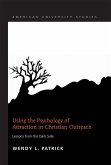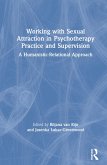""Thought Vibration or the Law of Attraction in the Thought World"" is a self-help book written by William Walker Atkinson. The book explores the concept of the Law of Attraction, which suggests that positive or negative thoughts can attract corresponding experiences into a person's life. Atkinson explains how thoughts can influence the physical world and how individuals can use their thoughts to achieve success, happiness, and abundance. The book provides practical advice on how to control one's thoughts, develop a positive mindset, and attract positive experiences into one's life. It also includes exercises and techniques for improving mental focus and concentration. Overall, ""Thought Vibration or the Law of Attraction in the Thought World"" is a timeless classic that offers valuable insights into the power of the mind and the importance of positive thinking.1906. Contents: Law of attraction in the thought world; Thought-waves and their power of reproduction; About the mind; Mind building; Secret of the will; How to become immune to injurious thought attraction; Transmutation of negative thought; Law of mental control; Asserting the life force; Training the habit mind; Psychology of the emotions; Developing new brain cells; Attractive power-desire force; Law, not chance.This scarce antiquarian book is a facsimile reprint of the old original and may contain some imperfections such as library marks and notations. Because we believe this work is culturally important, we have made it available as part of our commitment for protecting, preserving, and promoting the world's literature in affordable, high quality, modern editions, that are true to their original work.
Hinweis: Dieser Artikel kann nur an eine deutsche Lieferadresse ausgeliefert werden.
Hinweis: Dieser Artikel kann nur an eine deutsche Lieferadresse ausgeliefert werden.








